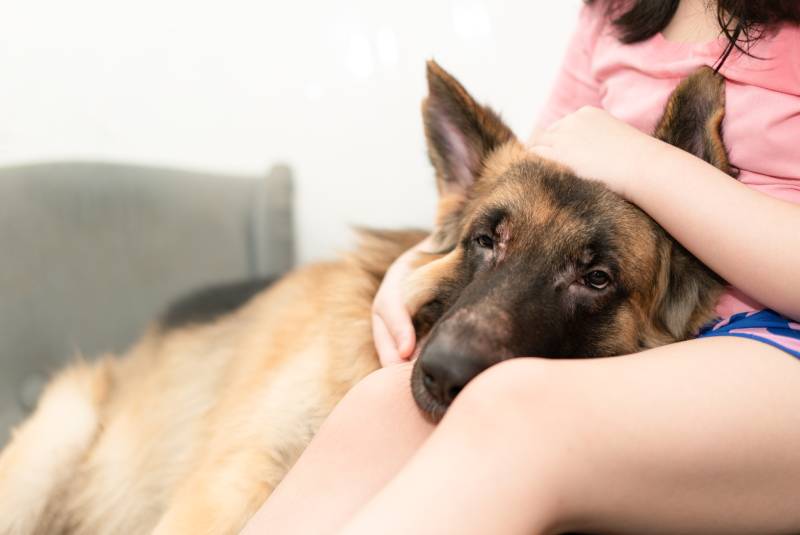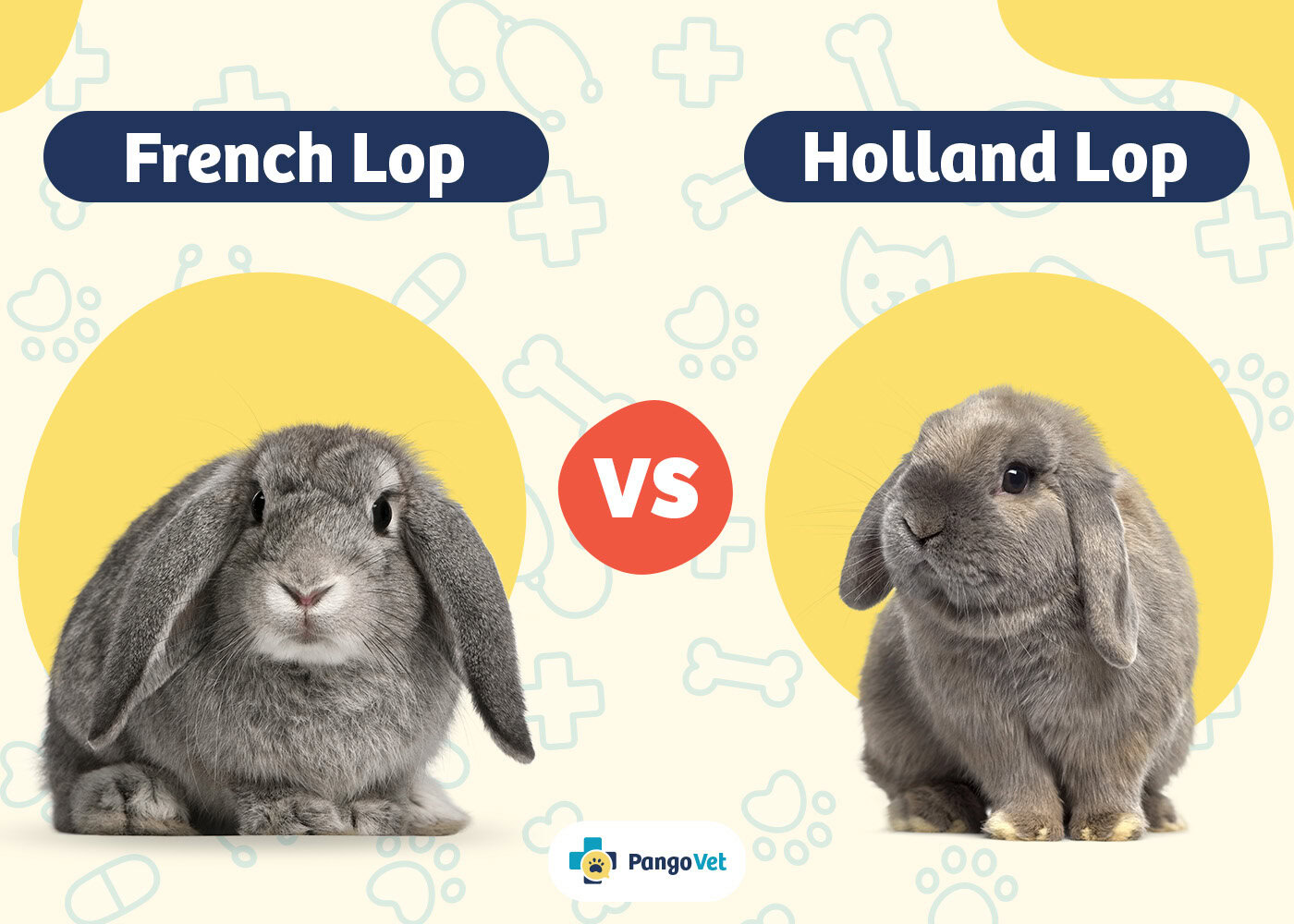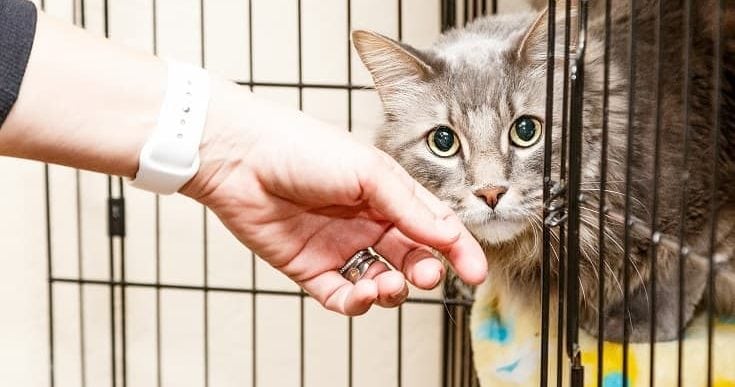VET APPROVED

The information is current and up-to-date in accordance with the latest veterinarian research.
Learn more »Dogs are naturally trusting and form strong bonds with their owners, but certain situations or experiences can make them feel uncertain or hesitant. Sometimes, a sudden change in routine, an unintentional scare, or a misunderstanding can cause a dog to become wary. The good news is that with patience and the right approach, you can help your dog feel safe and comfortable again.
No one knows your dog better than you do and certain dogs will come around much easier than others. Below are seven effective steps you can take to turn this unfortunate circumstance around and rebuild a loving, trusting bond with your beloved pup.

The 7 Ways to Regain Your Dog’s Trust
1. Don’t Force Interaction
When your dog lacks trust in you, it is really important that you be patient and do not force any interactions. You must give them their space and keep from making them feel even more uncomfortable around you than they already are.
If they are willing to be in the same room with you, you can speak softly in a positive tone and even attempt to offer treats, but if they refuse your offerings, back off and allow them to keep their distance. If your dog is avoiding you, it can be heartbreaking and discouraging, but you will see results in time. This is especially true if your action has led to distrust, so forcing them to be around you will not help.
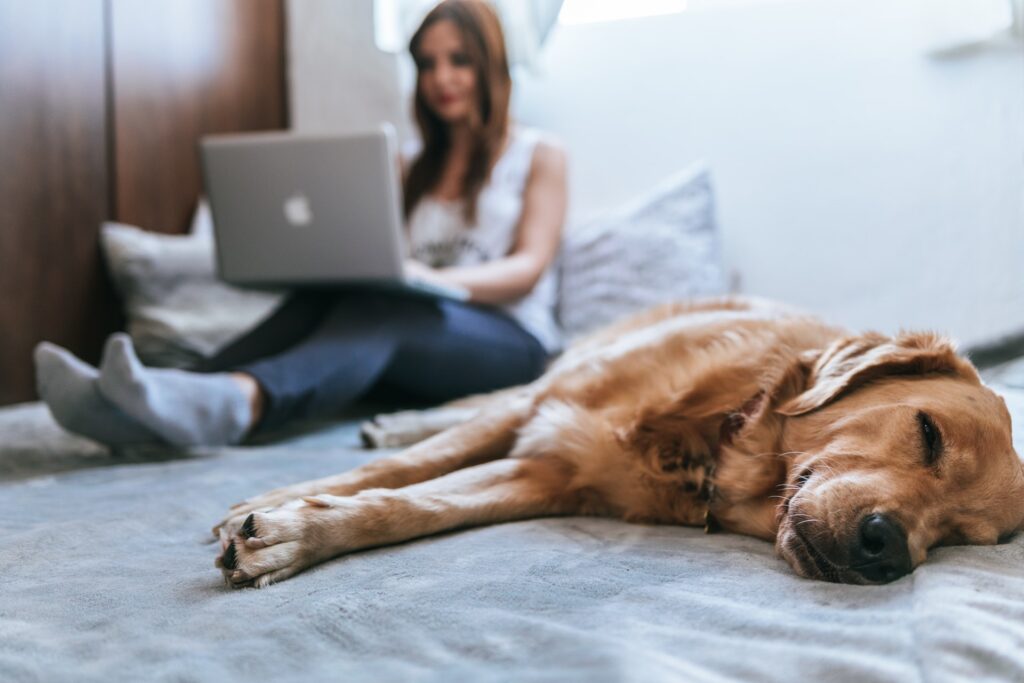
2. Remain Calm, Kind, and Positive
You should always remain positive when interacting with your dog, but if there is distrust going on, you must maintain positivity, even if you are upset about the situation. You should also keep calm in their presence and make sure any interaction is filled with kindness and a soft, comforting voice.
Dogs have an incredible knack for picking up on your energy and if you are feeling tense or upset, they will easily pick up on that. If there is already tension between the two of you, having a negative mindset could delay the process and result in them keeping their distance from you even longer.
3. Find a Calm, Quiet Space
When the time comes that your dog is ready to allow you near them again, you should make sure you find a calm, quiet area that is free from any distractions or loud noises. Make sure you don’t make your dog feel trapped in a space with you when they are feeling uneasy in your presence but wait until they are growing more comfortable around you. The last thing you want is anything coming between your trust building.
You should also try to speak to them using a soft and gentle tone of voice to encourage them to feel calmer and more relaxed. Do not stare directly into their eyes; while this may be common courtesy in human social interaction, your dog may deem it as a threat. Try averting your eyes and turning your head to the side to come off as less threatening.

4. Feed Your Dog by Hand
The way to a dog’s heart is generally through its stomach. Treats are highly effective during training and trust building. When your dog is ready to close the space between you after a period of distrust, it’s a good idea to have treats handy so that you can appeal to his appetite and bribe them to be around you.
If your dog is not yet willing to take a treat from your hand, try placing the treat beside you without putting too much focus on it. You may have to move the treat further and further away if your dog is feeling too uneasy coming close. When he or she is comfortable enough, they will make their way over to try to grab that treat.
Even if they take the treat out of your hand, try to not overstep by petting but give them time to feel more at ease. You will want to keep an eye on body language before you attempt petting. If they are in a fearful state, allow them to relax before taking that next step.
5. Gently Pet Your Dog Once They Are Comfortable
Once your dog is actively taking treats out of your hand and feeling more comfortable around you, you can start by gently petting them. Do not force it and if they back away in fear, let them do so. You can always try again at a later time.
If they are accepting of physical touch, you may even start to see their tense body begin to relax and their tail may even begin to wag. Some dogs may become more excitable and flip a switch once they are being given your love and affection.
It may take some time to get to this point, but once you can pet them and their behavior begins to take a turn, you can reward them with treats and even begin engaging in play or other fun activities they enjoy.
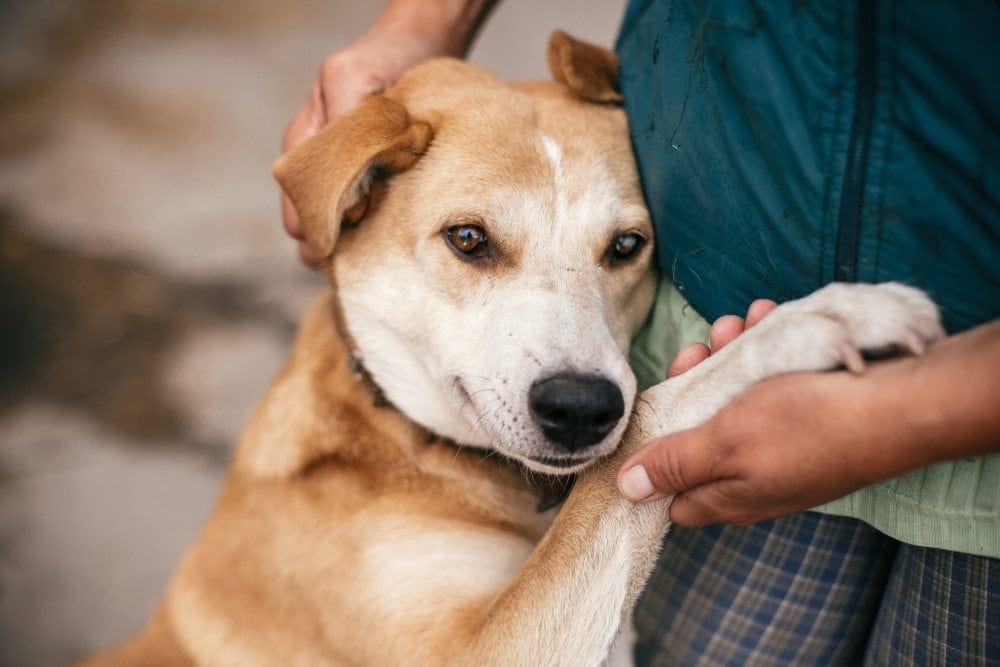
6. Use Positive Reinforcement Training
Regular training is part of dog ownership and regardless of whether their trust in you was broken during training or not, you must use positive reinforcement training techniques from here on out. When your dog is finally comfortable with you, it’s important to maintain that level of comfortability.
Positive reinforcement builds your dog’s confidence, yields excellent results, and allows them to bond with you even further. Keep training sessions short, fun, and positive. Read your dog’s body language and try to understand when they are tired. It’s typically recommended not to train for more than 15 to 30 minutes per day.
7. Take Time Out Each Day to Spend with Your Dog
Taking time to bond with your dog is very important even if there haven’t been any trust issues between the two of you. Dogs, like humans, are very social animals that thrive on their bonds with others. Life can get busy and stressful, but it is very important to take time out of each day for some one-on-one interaction with your pup.
This will be especially important as you regain your dog’s trust and work to repair your relationship. This will further solidify your bond and will help your dog feel closer to you. The more that passes and the more positive your daily interactions are, the better off it will be.
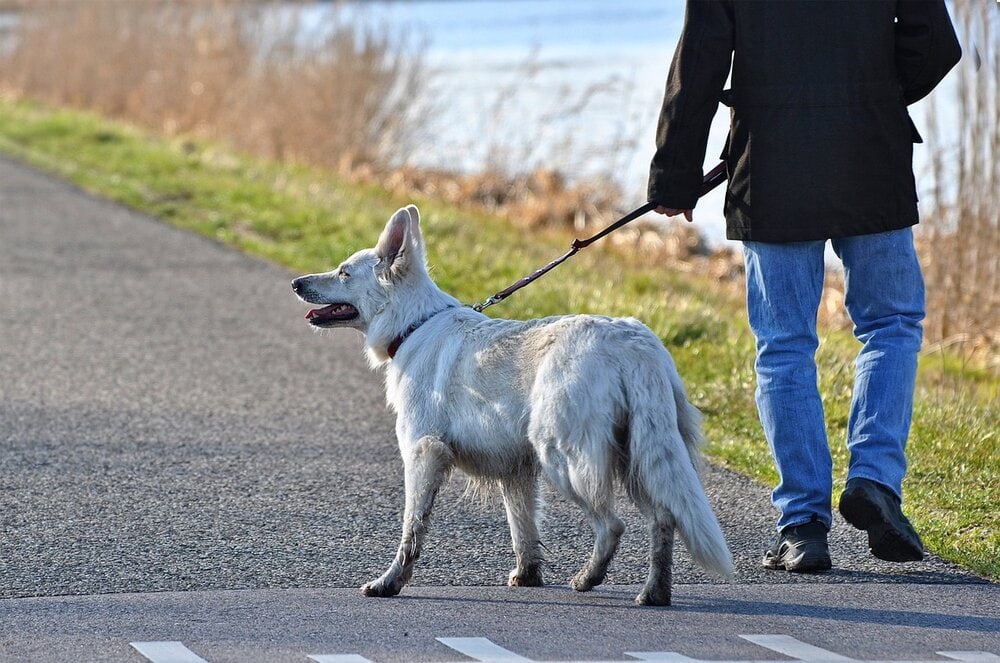

Signs Your Dog Feels Distrustful
Distrust doesn’t always come from abuse, although it certainly can. Dogs may feel distrustful of their owners for a variety of reasons, including the owner taking a harsh tone, neglecting their social or emotional needs, or leaving them alone for too long.
Each dog is unique and the way they react will depend on their personality and history. If you feel that your dog is feeling uneasy or distrustful of you, here are a few telltale signs to confirm:
- Refusal to make eye contact
- Avoiding petting
- Leaving the room when you enter
- Tense body language with a tucked tail when you are present
- Cowering or flattening their ears when you enter the room or make eye contact
- Hiding from you
- Refusal to accept treats or food from you
If you need additional advice on gaining a dog’s trust, you should consult a vet or animal behaviorist.

Conclusion
Regaining your dog’s trust once it has been broken may or may not be an easy task. This will be highly dependent on your individual dog’s personality and what caused them to feel distrustful of you. Make sure you exercise patience, give them their space, and take time to rebuild your relationship. Once a sense of trust has been restored, it’s important to keep it intact and make sure you take time out of your day to bond with your beloved dog.
Featured Image Credit: Vach cameraman, Shutterstock
Contents
- The 7 Ways to Regain Your Dog’s Trust
- 1. Don’t Force Interaction
- 2. Remain Calm, Kind, and Positive
- 3. Find a Calm, Quiet Space
- 4. Feed Your Dog by Hand
- 5. Gently Pet Your Dog Once They Are Comfortable
- 6. Use Positive Reinforcement Training
- 7. Take Time Out Each Day to Spend with Your Dog
- Signs Your Dog Feels Distrustful
- Conclusion
